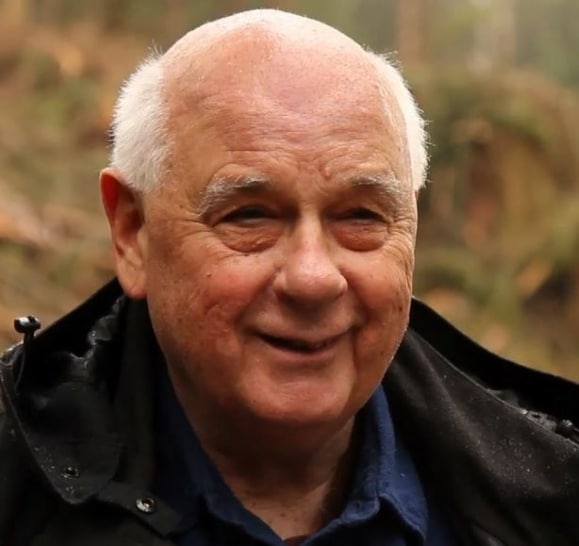A Real Asset
Forestland is a biological real asset, with steady growth rates that are driven by nature’s free inputs – sun, water, and soil. Trees grow regardless of market cycles and political swings, making forestland a great portfolio diversifier. Forestland owners can time harvests to strong log markets and can store value on the stump in weak markets.

"EFM is one of the few organizations that has expertise in implementing ecological forestry principles within an investment context."
— Dr. John Gordon,
EFM Advisory Committee Member, Pinchot Professor Emeritus & former Dean of the Yale School of Forestry
Portfolio Diversification
Forestland typically falls within the real assets portion of an alternative investment allocation and, like private equity and real estate, can complement the traditional asset classes of equity and fixed income with its low volatility and diversified returns. Attributes that may make forestland an attractive investment include:
- Superior Historical Risk-Adjusted Returns
- Portfolio Diversification
- Hedge against Inflation
- Stability via Biological Growth
- Attractive Tax Treatments
An allocation to forestland may help to create a more efficient investment portfolio and can be a fit for the long-term investment horizon of individuals, endowments, insurance companies, inter-generational families, retirement accounts and foundations.
INSIGHT SEE ALL
New Conservation Investment Benchmarks
EFM is honored to have contributed to the Cambridge Associates and GIIN partnership that created real-asset impact investing benchmarks, which will help investors measure their performance in timber, infrastructure, and real estate against the rest of the sector.
Untapped Value
Natural forests hold social, environmental, and cultural value often overlooked by traditional investment strategies. These values can be unlocked with tools like conservation easements, carbon projects or biodiversity credits while maintaining forestry value. Cash flows from these sources allows EFM to implement longer forest rotations that result in improved ecosystem characteristics alongside larger, higher quality and more valuable trees. EFM believes sources of funding for these components of our strategy will continue to grow, as society recognizes the role of working forests in protecting water, supporting biodiversity and tackling climate change.
INSIGHT SEE ALL